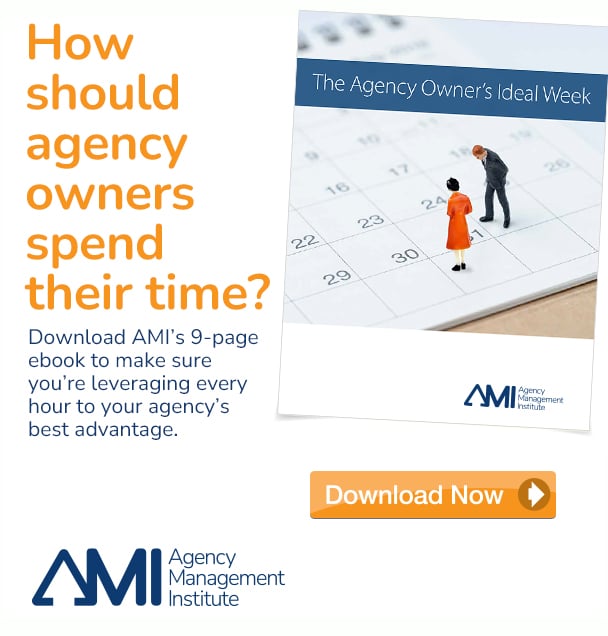Agencies love to talk about their “stuff.” From event strategies to promotional packages, they get deep into the nitty-gritty. Although nuts and bolts might be great for a home renovation project, they don’t produce tons of revenue.
What’s the problem? Selling tangible things limits the conversation to stuff that everyone offers. You create websites? Great, but so does every other agency in your marketplace. In other words, by emphasizing what you make, you inadvertently level the playing field. And that’s bound to kill your conversions.
Instead of pontificating about features, focus on the service elements that make your agency the most powerful on the globe: It’ll oil the sales funnel and help prospective audiences slide into client roles. It’s what Accenture does, and it’s why it’s the No. 1 agency in the world.
Ironically, the company barely makes anything and it’s prospering to the point that its 4,000-employee company just announced the addition of 800 jobs in Atlanta. Those are some serious numbers in a notoriously tough arena, and they do it all by highlighting what can’t be commoditized. Accenture sells its thinking, strategy and planning; in other words, it sells what it knows about the industry. Its expertise — not its products — is its strength, and that’s worth loads to eager customers. Other agencies receive $125 or $150 an hour; Accenture commands up to $400. The company has hit upon a truth in selling and agencies are poised to do likewise if they shift their mindsets from making to doing.
What does your agency bring to the party?
Prospects are accustomed to playing a price tug of war with their agencies, but when the talk moves toward what you do instead of the cost of things, the price pressure disappears. Suddenly, the conversation moves toward planning. We know this well. Our agency stopped selling stuff; we now sell smarts.
It’s much like being a custom home builder. Clients aren’t paying you to pick up a hammer and start building a foundation without a blueprint — they’re expecting you to help construct the blueprint so you understand what we’re building and why. When you do this correctly by initiating discovery, setting goals, client development and other sessions, you become the architects for unique plans suited specifically for each customer.
If they wanted, our clients could take those plans we create for them to another agency to fulfill all the objectives. They never do, though. After all, they’ve bought into the value of our brainpower.
Building A Future Of ‘Doing’
You deserve to stop losing dollars to consulting firms that are selling what they do and thereby kicking agencies to the curb. It all begins with a few steps:
1. Commit to the idea that a house without a blueprint can’t stand.
Would you start building your dream residence without the help of an architect who shares your vision? Never. So why would you take an order from a client and start building before doing your due diligence and putting forth recommendations based on the client’s desired outcomes?
2. Create a sales process that supports a two-pronged plan and build approach.
Most agencies sell just the “build” portion of their offerings. Instead, sell the planning portion as the essential element. Price your plan as a flat fee, perhaps within ranges depending on your client’s business complexity. Your plan should ultimately be the unique selling proposition that differentiates your agency from all the others.
3. Develop a rock-solid discovery process.
How will you uncover the ideal planning strategies for each client without reinventing the wheel each time? Through client meetings? Secondary research? Client, customer and other key stakeholder interviews? Maybe even secret shopping? Generate a template you can use so each discovery is customized, but also follows a systematic approach.
4. Outline strategy planning work deliverables.
Your deliverables should be comprehensive enough that the knowledge extractions from the discovery session can be easily given to your agency’s internal creative team members. They can then execute the plan without wondering why they’re making what they’re making.
5. Formulate a process to translate the approved recommendations into scope documents.
Once prices, timelines and such are approved by the client, you can move them into your project management workflow. The more seamless this transition, the faster you can begin to see the fruits of your labors.
Some agencies are already embracing a consultative model — those that do are showing double-digit profitability. Feel a twinge of envy? Turn it into a motivator to change not only the way you talk but also the way you think about your agency.
This article originally appeared on Forbes.






